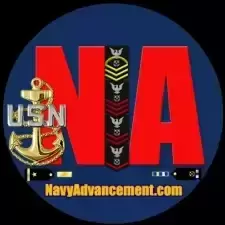ENLISTED ADVANCEMENT WORKSHEET
-
👉 Latest News
-
MONTHLY OFFICER PROMOTION MESSAGE AND FALL ENLISTED EXAMINATION CYCLE RESULTS RELEASE DELAY
By Tony, in Navy Advancement Results, Exam, Bibs Forum
- 0 replies
- 1,211 views
-
FY-27 ACTIVE-DUTY NAVY AND NAVY RESERVE E9, E8, AND E7 ADVANCEMENT SELECTION AND MARKETPLACE SCREEN BOARD MEMBERSHIP APPLICATIONS
By Tony, in Chief Selection Board Forum | Results, Preparation, Records
- 0 replies
- 892 views
-
- 0 replies
- 859 views
-
Update: Sailor Pay During Government Shutdown
By Tony, in Enlisted Pay, Benefits & Allowance Forum | Navy
- 0 replies
- 1,363 views
-
Military will be paid on Oct. 31 after officials pull $5.3B from 3 accounts
By Tony, in Enlisted Pay, Benefits & Allowance Forum | Navy
- 0 replies
- 838 views
-

Recommended Posts
Join the conversation
You can post now and register later. If you have an account, sign in now to post with your account.
Note: Your post will require moderator approval before it will be visible.